Zanzibar is known as a "paradise" in Africa with the most beautiful beaches in the world, tropical forests with diverse flora and fauna and a unique indigenous culture and history that create an unforgettable attraction for tourists.

Unique "spice archipelago"
Zanzibar has a total area of 1,554km2, located about 35km from the mainland, of which the capital is Unguja - playing the role of economic, political, cultural and social center of the archipelago. Meanwhile, Pemba Island is a resort. Therefore, mentioning Zanzibar is often understood as referring to Unguja.
Zanzibar charms visitors with its narrow, winding streets that run throughout the city. Many stone structures dating back hundreds of years were built overlooking the smooth white sand beach and the deep blue ocean in the distance. This is the representative image of Stone Town - the old capital of Zanzibar, recognized by UNESCO as a World Cultural Heritage in 2000. To conveniently explore this ancient town, it is best for visitors to walk or bike.
Stone Town is highly appreciated by UNESCO because despite being formed over a millennium ago, it still retains almost intact its urban structure and landscape, with many beautiful buildings reflecting the cultural exchange between Africa, Europe, the Arab region and India, creating a unique identity for Zanzibar.
The buildings in the town are distinctive for their use of traditional materials such as laterite, limestone, coral stone and mangrove wood. The small, long two-storey houses are usually arranged around an open courtyard, accessed by a narrow corridor. The houses are distinguished by their elaborately carved doors, wide verandas and rich interior decoration.
Stone Town still retains many architectural works dating from the 18th - 19th centuries such as the Old Fort, the House of Wonders, the Roman Catholic Church, the Malindi Bamnara Mosque, the Sultan's Palace or the Persian baths; especially relics related to the slavery system that existed for centuries such as the Slave Market, Prison Island... The model of narrow, winding streets and large villas facing the coast are the result of the long-standing maritime trade exchange between Africa and Asia here.
Although Zanzibaris have lived here for 20,000 years, this island has always been coveted and occupied by powers and empires due to its many resources, especially spices. Zanzibar is known as the “spice archipelago” because of its history of trading with continents and having many plantations growing pepper, cinnamon, ginger, cloves, nutmeg, etc.
Today, Zanzibaris have taken advantage of this to turn it into interesting tourism products. Visitors can visit the Darajani market located in the center of town, which offers everything from spices, fresh fish, meat... to learn about the lives of the local people. If you want to enjoy local cuisine, visitors can join a cooking class or visit the plantations on a "spice tour".
Here, you will be guided by farmers to learn about and taste the high-quality spice collection and discover the secrets of Zanzibari cuisine. At the end of the tour, families will welcome their guests with a variety of traditional dishes cooked with spices straight from the garden.
"Paradise" of experience and relaxation
The climate in Zanzibar is divided into two distinct seasons: the rainy season lasts from November to May of the following year, and the dry season lasts from June to October, with an average temperature of 25°C. This is the ideal time for European tourists to visit the "resort paradise" Zanzibar - surrounded by 20 beaches, many of which are listed as the most beautiful beaches in the world. When coming here, visitors should not hesitate to participate in exciting activities such as swimming, boating, kitesurfing, or "hunting" underwater with snorkeling...
As you immerse yourself in the crystal clear waters, you will be amazed by the endless view. You will find yourself lost in an enchanting aquarium with colorful sea creatures and the world's largest coral reefs, forcing you to "play the role" and swim with them to explore and satisfy your curiosity. You can easily get close to turtles, octopuses, blue-spotted rays, moray eels to watch and play with them; or swim with schools of glowing fish looking for food on the coral reefs or witness dolphins playing offshore...
Zanzibar has many diving sites, the most famous of which are Mnemba Atoll and Tumbatu. Mnemba Atoll offers many diving sites suitable for both beginners and experienced divers. It has a large coral reef with many diverse shapes, visibility of over 20m, so visitors can freely dive deep and take pictures.
Tumbatu Island offers diving services from 2 - 18m for visitors to explore the colorful hard coral reef with turtles, cuttlefish and many other marine species swimming around... The residents of Tumbatu Island are mainly Watumbatu people, famous for their traditional Goma music and dance that visitors can experience firsthand.
Tumbatu’s historical significance is evident in its ancient ruins, including those of the medieval Swahili town of Jongowe. With its blend of natural beauty, cultural richness and historical interest, Tumbatu Island offers a unique experience for visitors looking to explore the lesser-known aspects of the Zanzibar archipelago.
Source: https://baotuyenquang.com.vn/zanzibar-thien-duong-o-chau-phi-189298.html


![[Photo] National Assembly Chairman Tran Thanh Man meets with outstanding workers in the oil and gas industry](https://vstatic.vietnam.vn/vietnam/resource/IMAGE/2025/4/17/1d0de4026b75434ab34279624db7ee4a)

![[Photo] The beauty of Ho Chi Minh City - a modern "super city" after 50 years of liberation](https://vstatic.vietnam.vn/vietnam/resource/IMAGE/2025/4/18/81f27acd8889496990ec53efad1c5399)
![[Photo] Promoting friendship, solidarity and cooperation between the armies and people of the two countries](https://vstatic.vietnam.vn/vietnam/resource/IMAGE/2025/4/17/0c4d087864f14092aed77252590b6bae)
![[Photo] Nhan Dan Newspaper announces the project "Love Vietnam so much"](https://vstatic.vietnam.vn/vietnam/resource/IMAGE/2025/4/17/362f882012d3432783fc92fab1b3e980)
![[Photo] Closing of the 4th Summit of the Partnership for Green Growth and the Global Goals](https://vstatic.vietnam.vn/vietnam/resource/IMAGE/2025/4/17/c0a0df9852c84e58be0a8b939189c85a)
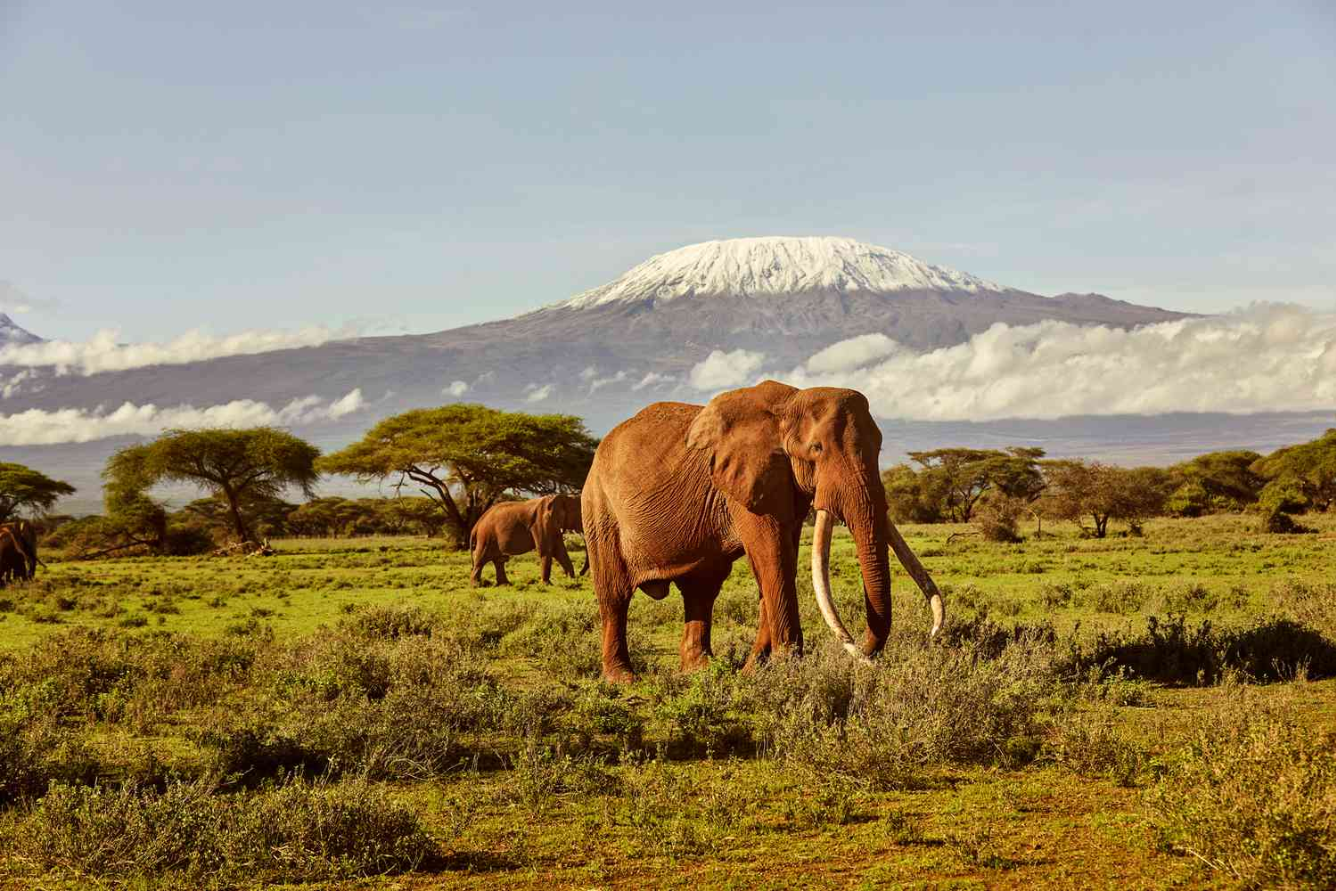

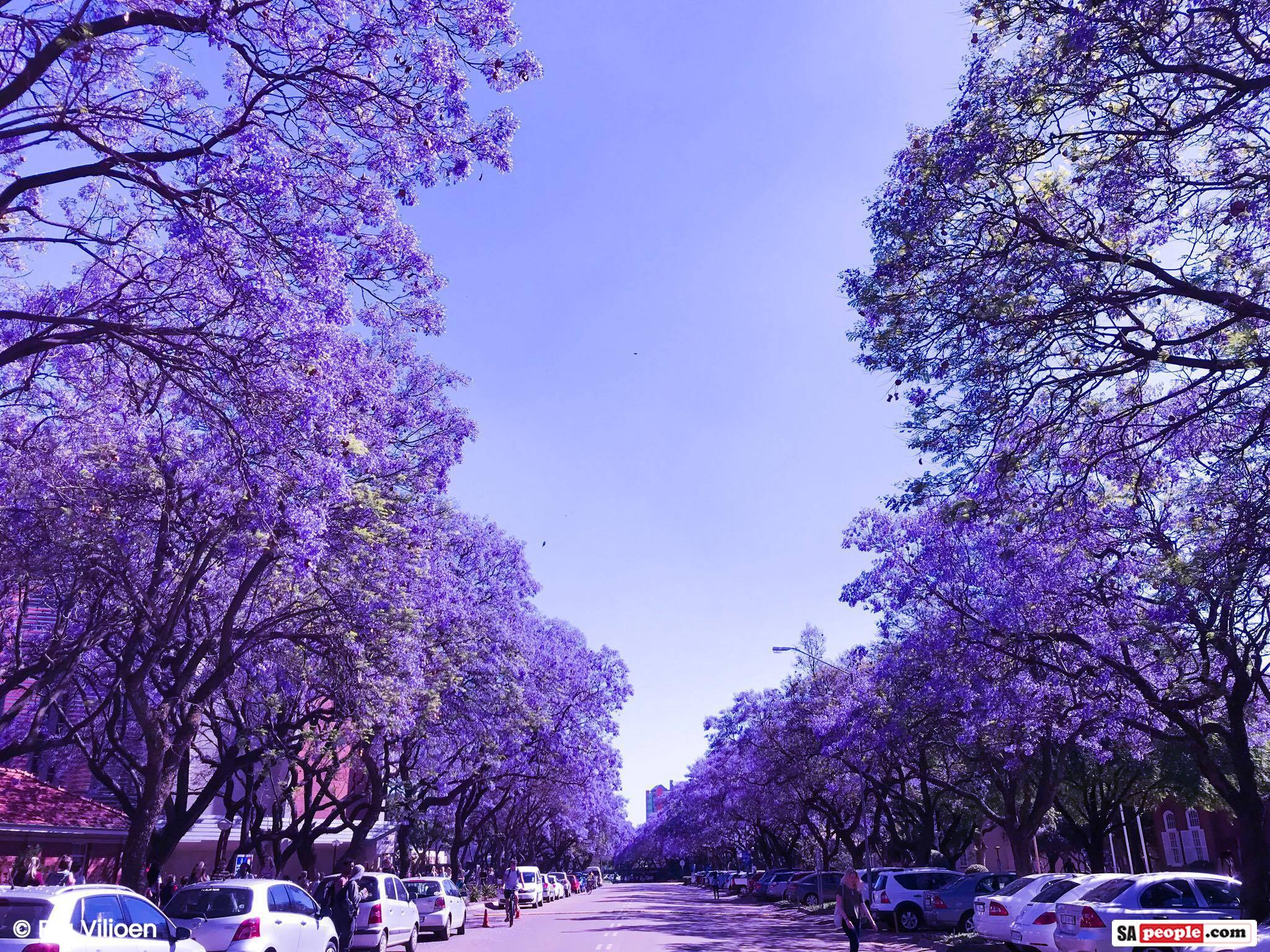




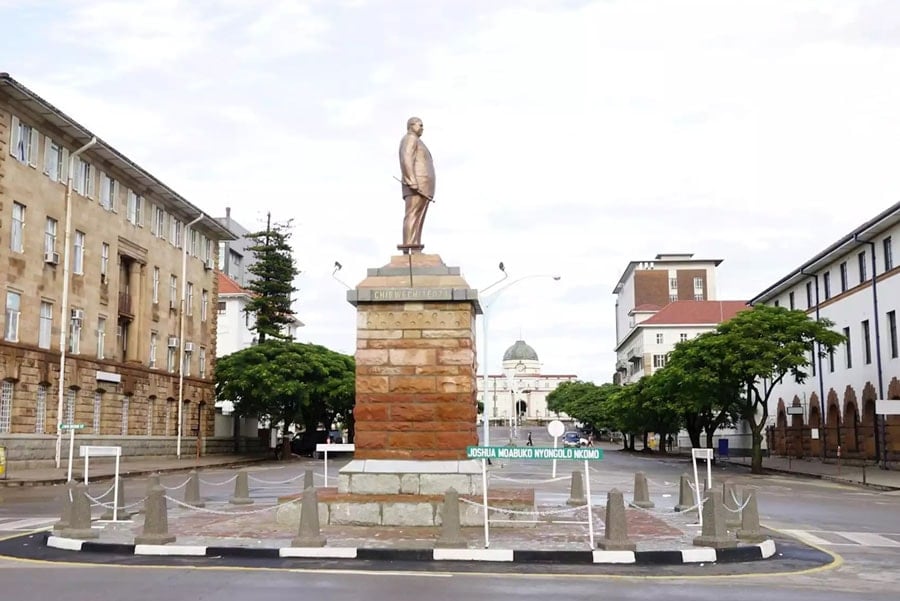
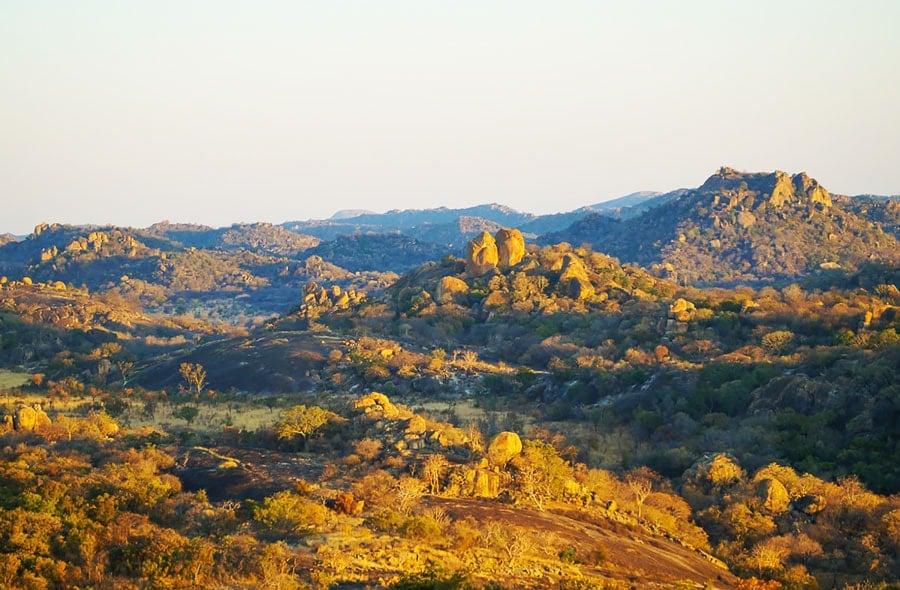
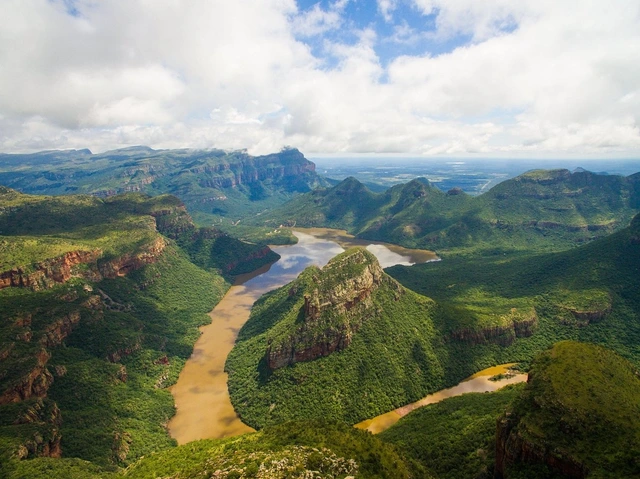
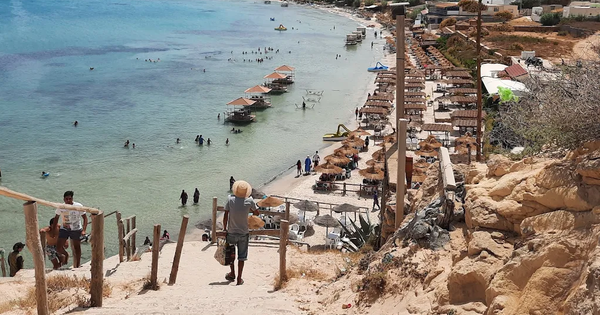

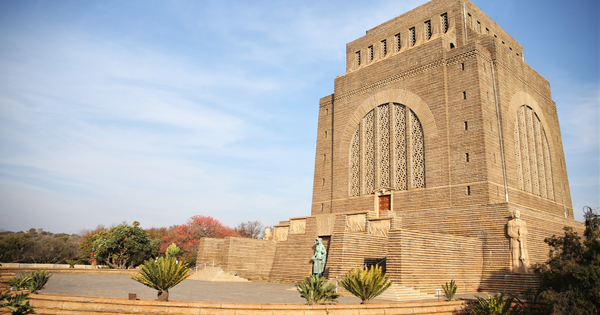









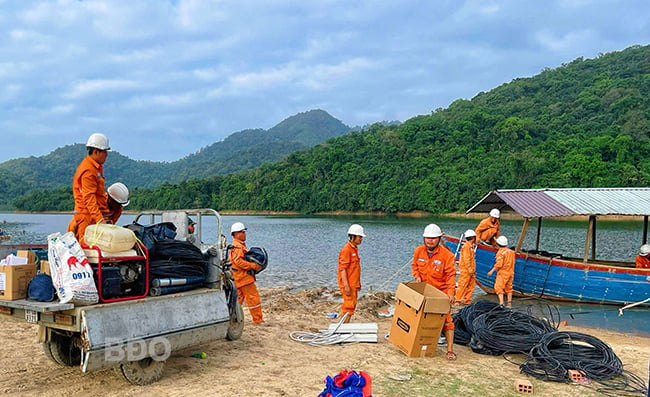
![[Photo] General Secretary To Lam receives French Ambassador to Vietnam Olivier Brochet](https://vstatic.vietnam.vn/vietnam/resource/IMAGE/2025/4/17/49224f0f12e84b66a73b17eb251f7278)



















































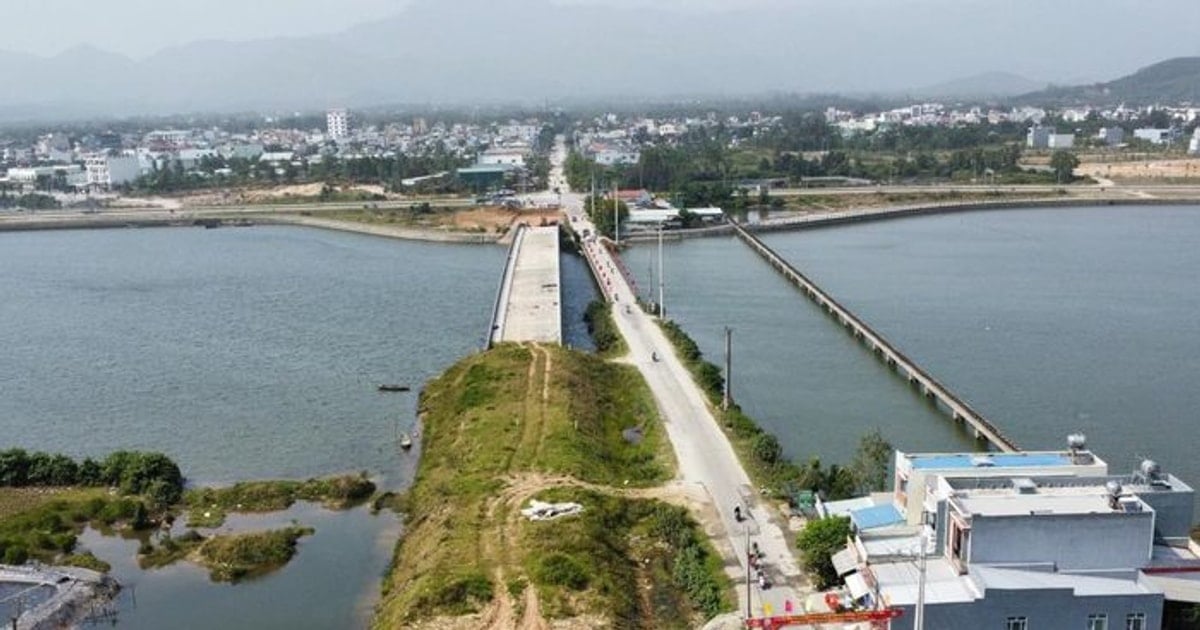












Comment (0)